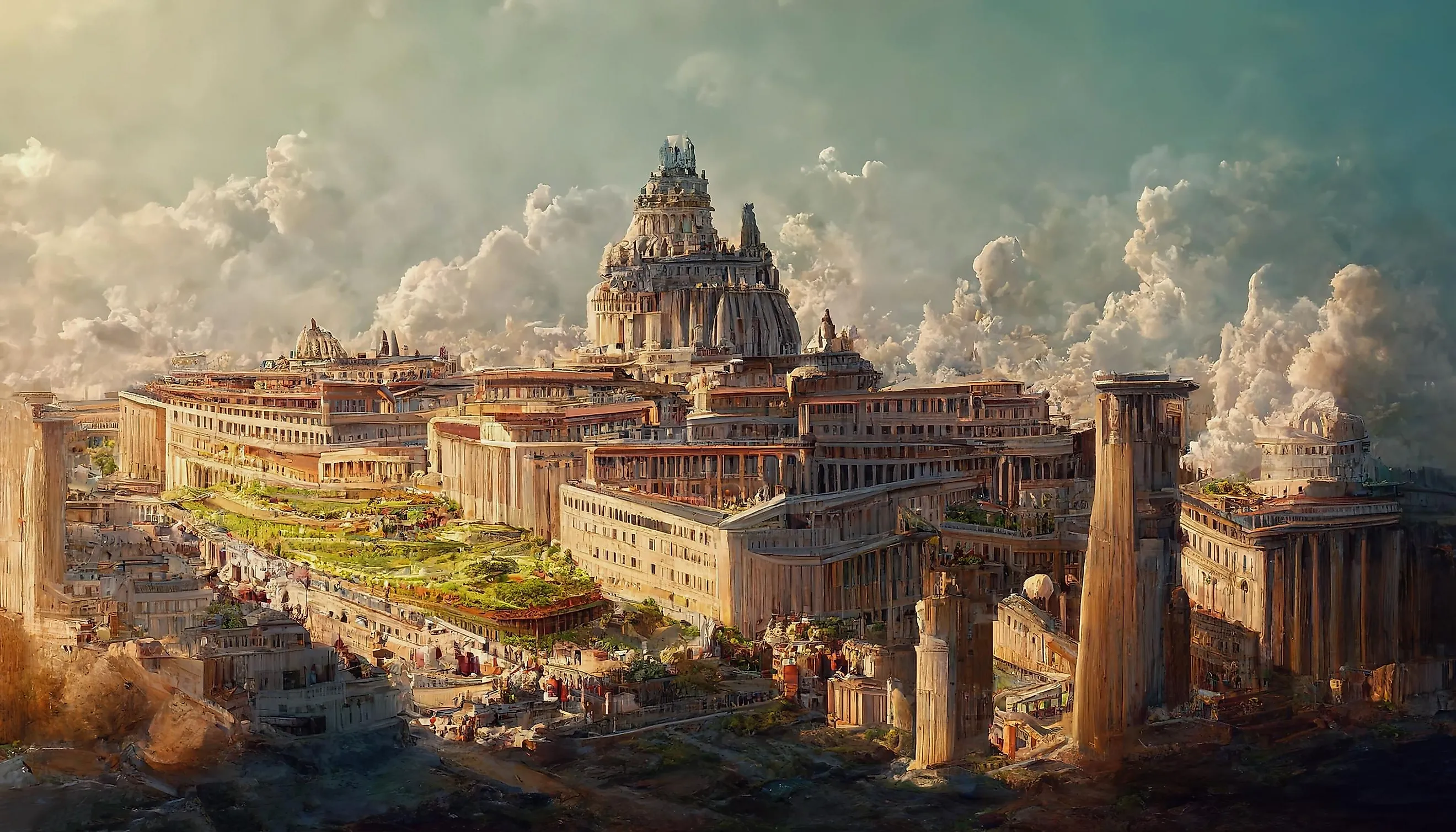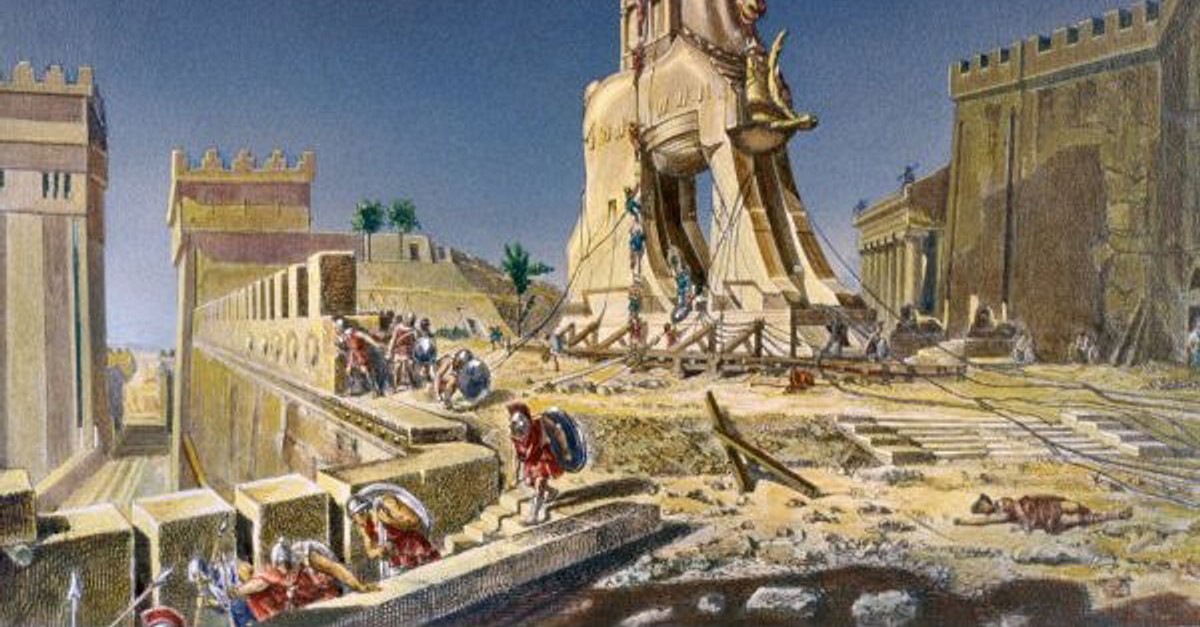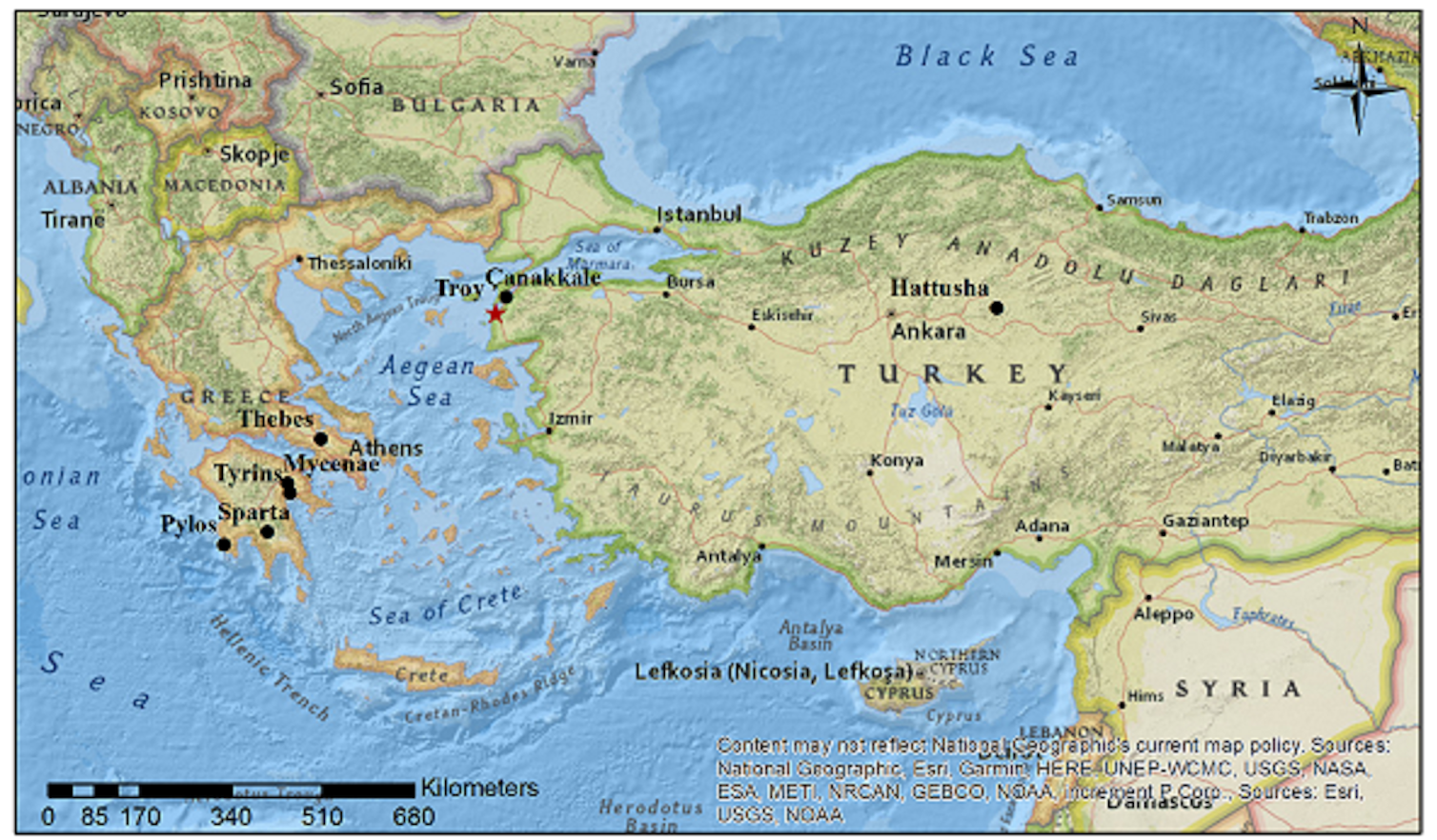Troy Bohling - Exploring An Ancient Story And Its Big Screen Comeback
Have you ever stopped to think about a place that lives on in stories, a spot that has held our imaginations captive for thousands of years? Well, that is kind of what happens with Troy, a name that brings to mind tales of brave fighters and grand adventures. It’s a story, you know, that just keeps on giving, making us wonder about what really happened way back when.
This old city, sometimes called Ilion, has a truly interesting past, being a key spot on old trade routes between Europe and Asia. It's almost like a bridge between different parts of the world, and its history is packed with fascinating bits. So, whether you think of the old myths or the real places, Troy has this amazing pull that just won't let go, does it?
And then there's the big movie that brought this tale to so many people, a truly sweeping look at the famous siege. It had a cast of well-known faces, really making the old story feel new again. This whole idea of Troy, or perhaps you could call it the "Troy Bohling" story in a way, just shows how some narratives stick around through the ages, changing a little but always keeping their heart.
Table of Contents
- Troy Bohling - A Story from the Past
- What Makes the Troy Bohling Narrative So Lasting?
- Where Can We Find the Troy Bohling Story in Today's World?
- The Troy Bohling Legend - How It Shaped Old Roman Thinking
- The Troy Bohling Movie - What Was It All About?
- Exploring the Troy Bohling Location Today
- Who Helped Us Find the Real Troy Bohling Site?
- How Can You Experience the Troy Bohling Film Today?
Troy Bohling - A Story from the Past
When we talk about "Troy Bohling," we are really talking about the ancient city of Troy, a place with a truly deep history, holding a lasting spot in literature and archaeology. This old town, you know, sat right on busy trade paths that linked Europe and Asia. People have wondered a lot about its actual size and what it was really like. It's almost as if the very air there holds whispers of long-ago times.
The city had a few names, too. In Ancient Greek, it was Troíā, and in Latin, it was Trōia. The Hittites, another old group of people, knew it as Wiluša. This place is, in some respects, one of the most well-known cities from history. It was made famous forever as the spot for Homer’s great poem, the Iliad, which tells a truly powerful story.
The story of this old place really shaped Roman ways of thinking and their old myths, especially through the tale of Aeneas, a hero from Troy. According to Virgil’s Aeneid, Aeneas got away when Troy fell, carrying with him the seeds of what would become Rome. This connection, you see, shows how deeply rooted the "Troy Bohling" narrative became in the foundations of later cultures, giving it a reach that went far beyond its physical walls.
Key Details of the Troy Bohling Story
| Main Names | Troy, Ilion, Troíā (Ancient Greek), Trōia (Latin), Wiluša (Hittite) |
| Location | Northwestern Anatolia (modern-day Turkey) |
| Key Associations | Homer's Iliad and Odyssey, Virgil's Aeneid, Ancient trade routes, Myth of Aeneas |
| Historical Significance | Site of the Trojan War, important trade hub, archaeological marvel |
| Famous Explorers | Heinrich Schliemann (first major excavations) |
| Cinematic Portrayal | "Troy" (2004 film) directed by Wolfgang Petersen |
What Makes the Troy Bohling Narrative So Lasting?
What is it about the "Troy Bohling" story that has kept it alive in our collective memory for such a long time? Perhaps it's the sheer drama of it all. A queen leaving her home for love, sparking a huge conflict, really. The idea of a massive wooden horse, filled with hidden fighters, slipping past watchful eyes—that's a pretty powerful image, isn't it? These elements combine to create a tale that feels both grand and deeply personal, touching on universal feelings like love, betrayal, honor, and loss. It’s a bit like a template for all big stories that came after it.
The fact that this story comes from Homer’s epic poems, the Iliad and the Odyssey, certainly helps. These works have been read and studied for thousands of years, carrying the "Troy Bohling" narrative through generations. They are, in a way, cornerstones of Western literature, shaping how we think about heroes, wars, and the very nature of human existence. The language itself, even when translated, has a certain flow that makes the story stick with you, almost like a song.
Also, the mix of myth and actual history adds to its appeal. Is it all just a story, or was there a real city, a real war? The quest to find the historical Troy has kept clever folks curious for ages, and when real ruins were dug up, it made the whole thing even more amazing. This blend of what we imagine and what we can touch gives the "Troy Bohling" story a special kind of magic, making it feel both far away and incredibly close at the same time.
Where Can We Find the Troy Bohling Story in Today's World?
The "Troy Bohling" story, in all its forms, keeps showing up in our lives, even now. You see its ideas in other stories, films, and even sometimes in how we talk about big conflicts or clever plans. It’s almost like a blueprint for certain kinds of dramatic events. Think about any story where a small group outsmarts a larger force, or where a single act of passion leads to widespread trouble; very often, you can trace a little bit of Troy's influence there. It just goes to show how much these old narratives shape our way of thinking about the world.
Beyond the direct adaptations, the themes from the "Troy Bohling" narrative echo in so many places. The idea of a hero’s weakness, like Achilles’ heel, has become a common phrase, for example. Or the notion of a city falling due to internal strife, or a clever trick rather than brute force. These concepts, you know, come straight from the heart of the Troy story. They’ve woven themselves into our shared understanding of human nature and conflict, making the ancient tale feel surprisingly current.
Even in everyday language, you might hear phrases that subtly nod to this ancient tale, without people even realizing it. The enduring power of the "Troy Bohling" story is that it provides a rich well of human experience, full of moments of bravery, sadness, and cunning. It’s a reminder that while times change, some parts of the human experience, like love, loss, and the desire for glory, stay pretty much the same, really.
The Troy Bohling Legend - How It Shaped Old Roman Thinking
The story of Troy, or the "Troy Bohling" legend as we might call it, had a truly big effect on Roman ways of life and their old myths. This was especially true through the tale of Aeneas, a hero from Troy. According to Virgil’s Aeneid, Aeneas managed to get away when Troy fell, carrying his old father and young son, and eventually made his way to Italy. This journey, you see, was super important for the Romans, as they believed Aeneas was the one who started their whole line of people.
This connection gave the Romans a deep and noble origin story, linking them directly to the brave heroes of the Trojan War. It made them feel like they were part of a much older, grander tradition, which really helped build their sense of who they were as a people. The "Troy Bohling" story, therefore, wasn't just a fun tale for them; it was a foundational myth that gave meaning and prestige to their empire. It was, in some respects, their very first historical document, even if it was more poetry than fact.
The Romans didn't just read about Troy; they absorbed it into their very identity. Their writers, artists, and leaders often referred to the Trojan War, using its lessons and heroes as examples. The idea of Aeneas's dedication to his family and his destiny, for instance, became a model for Roman virtue. This shows just how much the "Troy Bohling" narrative was woven into the fabric of Roman society, shaping their values and their view of the world around them.
The Troy Bohling Movie - What Was It All About?
In 2004, the "Troy Bohling" story came to the big screen in a truly sweeping historical action film. Wolfgang Petersen directed it, and David Benioff wrote the story. This movie, you know, was made in places like Malta, Mexico, and Britain’s Shepperton Studios, bringing the ancient tale to life with a truly large scale. It had a lot of well-known actors, which really made people want to see it.
The film, which was an adaptation of Homer’s great epic, followed the fierce attack on Troy by the Greek forces. It showed the characters like Achilles, Hector, Paris, and Helen, and the intense battles that took place outside the city walls. The movie, in a way, tried to show the human side of this huge conflict, focusing on the choices and feelings of the people caught up in it. It was a big production, and you could really see the effort that went into making the ancient world feel real, almost like you were there.
The plot, of course, centers on Queen Helen leaving Sparta to be with her love, the prince of Troy, which sets off the whole conflict. The movie really tried to capture the scale and drama of the original story, from the arrival of the Greek ships to the famous wooden horse trick. It was a chance for many people to experience the "Troy Bohling" narrative in a fresh, visually impressive way, perhaps even sparking new interest in the old myths.
Exploring the Troy Bohling Location Today
Troy, the actual place, with its four thousand years of history, is one of the most well-known places where old things are dug up in the entire world. It's truly a spot that makes you feel connected to the past, isn't it? The first digging work at the site was done by the famous explorer Heinrich Schliemann, who was very keen to find the real Troy. His work really opened up a new chapter in how we understand this old city.
Today, if you were to visit historic downtown Troy, you might find yourself exploring more than 250 different shops, art spots, coffee places, bars, breweries, and places to eat, suiting every kind of taste. This modern Troy, you know, really mixes its interesting history with a lively present. It’s a good example of how a name, even an ancient one, can take on new life in different places, offering different kinds of experiences.
The quest to find the actual historical Troy has kept clever folks curious for hundreds of years. The digging work led by Heinrich Schliemann in the 1800s uncovered the old ruins of what many believe is the legendary city. These discoveries gave us real, tangible proof that the "Troy Bohling" story wasn't just a myth but had roots in a real place, making the tales feel even more powerful. It’s almost like the ground itself holds the memories of those long-ago times.
Who Helped Us Find the Real Troy Bohling Site?
The search for the actual Troy, the one from the old stories, was a truly long and sometimes difficult one. It was Heinrich Schliemann, a German explorer, who really pushed to find it in the 19th century. He was so convinced that Homer's poems were based on a real place, and he used them almost like a map to guide his digging. His work, you know, was a big step in connecting the mythical "Troy Bohling" with a real, physical location.
Schliemann’s digging at the site was the first major effort to uncover the layers of history hidden beneath the earth. He found many different levels of settlements, showing that the area had been lived on for thousands of years. While

Where Was Troy And What Happened To It? - WorldAtlas

Troy - World History Encyclopedia

Fall of Troy: the legend and the facts